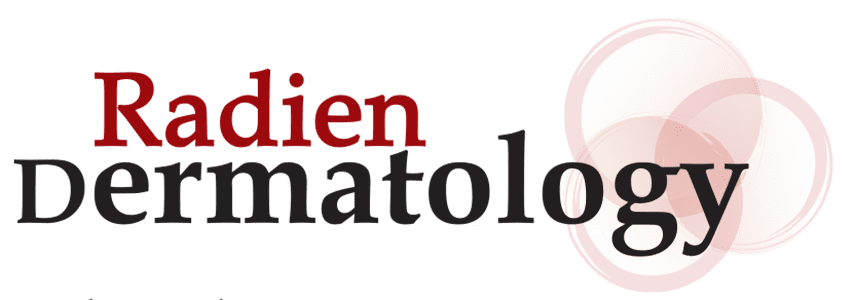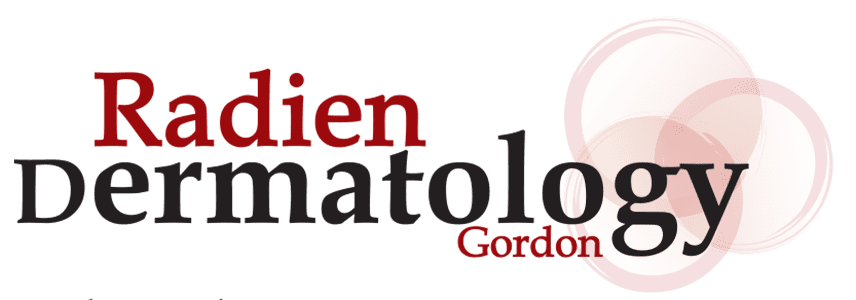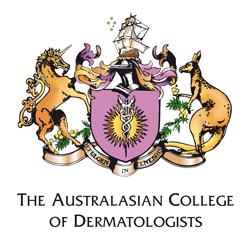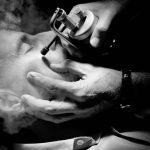Hyperhidrosis – excessive sweating
Palmoplantar and Axillary Hyperhidrosis
Hyperhidrosis describes the tendency to sweat excessively and inappropriately. It is exceedingly common, and tends to affect adolescents and young adults. Idiopathic hyperhidrosis occurs more frequently than cases secondary to another disease. Generalised and localised forms exist. Localised idiopathic hyperhidrosis affects mainly the palms, soles, and/or axillae- hence giving rise to the terms: palmar, plantar, palmo-plantar and axillary hyperhidrosis.
Though not harmful, patients find the condition embarrassing and thus distressing. Palm sweaters are self-conscious and avoid shaking and holding hands; those with axillary sweating can ruin expensive suits with sweat stains and it limits their choice of clothing. Functionally, sweaty palms create issues with grip and handling and smear ink across paper; whilst sweaty feet are more odiferous, prone to dermatitis and can ruin shoes.
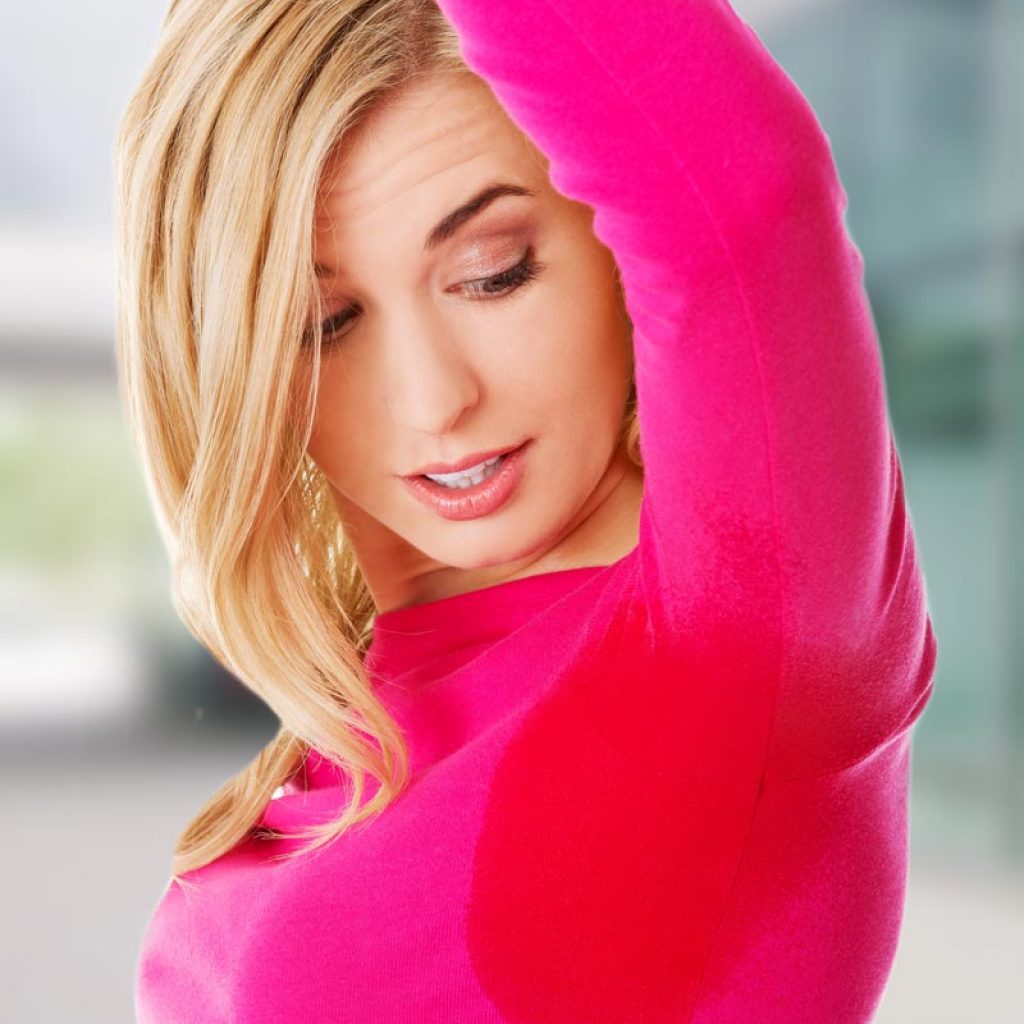
- Hyperhidrosis is common and mostly idiopathic
- Palms, soles and axillae are most commonly affected
- Topical antiperspirants are first line treatment
- Botulinum toxin is effective in reducing inappropriate sweating
- Botox® is PBS- subsidised for axillary hyperhidrosis via your dermatologist
The idiopathic form may be due to a low threshold of activation of the hypothalamic thermoregulatory centre. Secondary forms may be due to neurological damage [stroke, neuropathy, nerve injury, etc] leading to localised disease. Whilst generalised disease can be secondary to thyroid disease, phaeochromocytoma, diabetes and other endocrine disorders, obesity, cardiac and respiratory failure, menopause, Parkinson’s disease, medications and haematologic malignancies.
Management can be challenging. Reversible causes need to be addressed. Most patients with idiopathic disease would have already tried regular antiperspirants on the axillae, though a trial of regular use on the palms and soles may well be beneficial; spray-on products are easier to use. More potent agents containing higher levels of aluminium salts may be useful, but are limited by irritation. For example: Driclor® roll-on is applied nightly to cool-dry skin, after a shower and air-drying with cool air/fan. Topical glycopyrrolate may be compounded as well. Oral anticholinergic agents are established treatment: including propantheline, oxybutynin, benztropine and glycopyrrolate. However, the potential and frequent adverse effects and fatigue limit their use. Clonidine, and beta-blockers also have some benefit.
Treatment for Hyperhidrosis – excessive sweating
Iontophoresis is also well established and may be used with tap water or glycopyrrolate solution. Consumer Kits are available for palmoplantar and axillary disease. It can be cumbersome and the effects quite temporary.
Botulinum Toxin is PBS-subsidised for axillary hyperhidrosis. Patients are dry for up to and beyond 4 months after each treatment. Patients can access this via their dermatologist or neurologist. Patients can also have hands and feet treated, but as a private patient.
